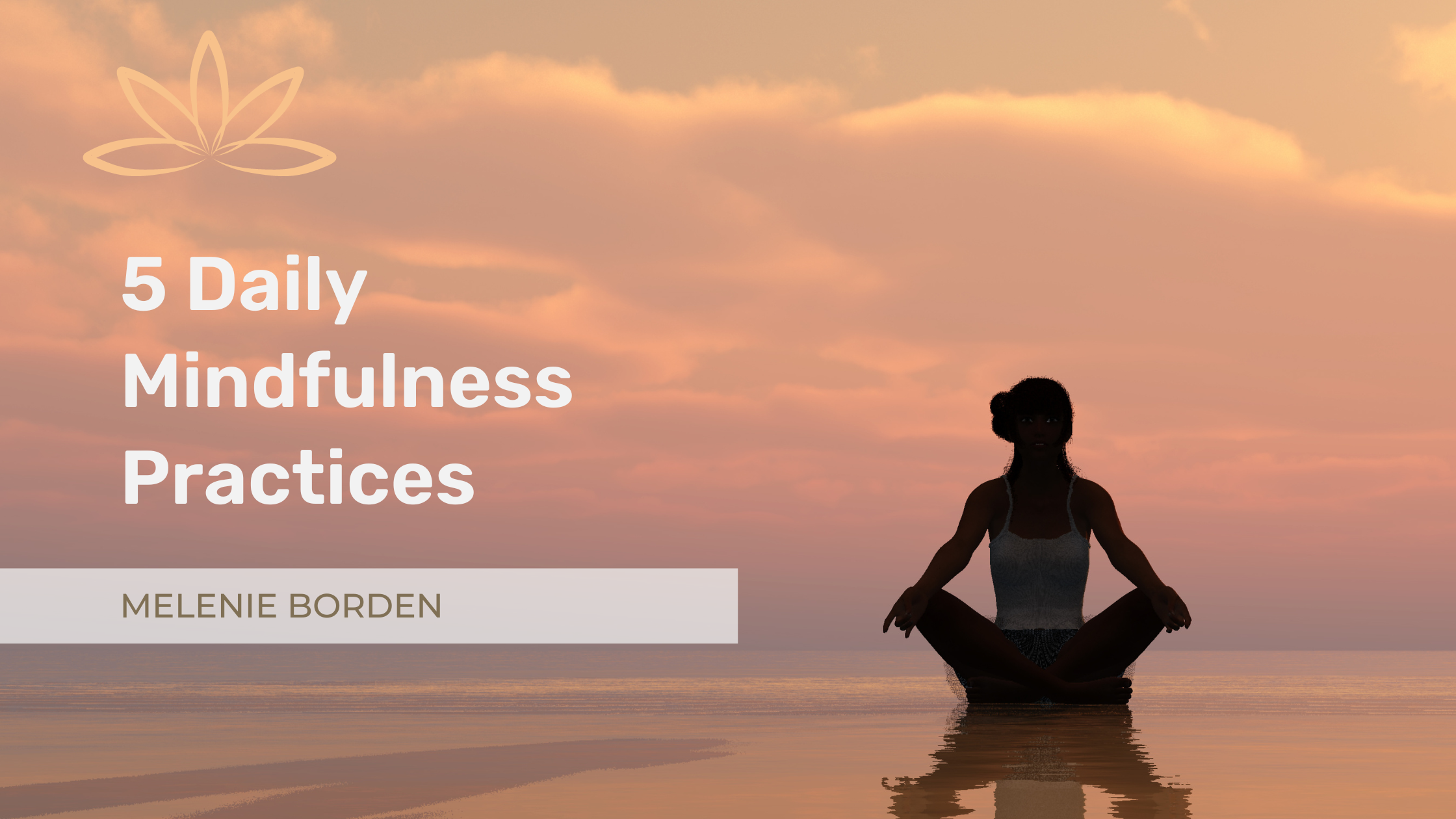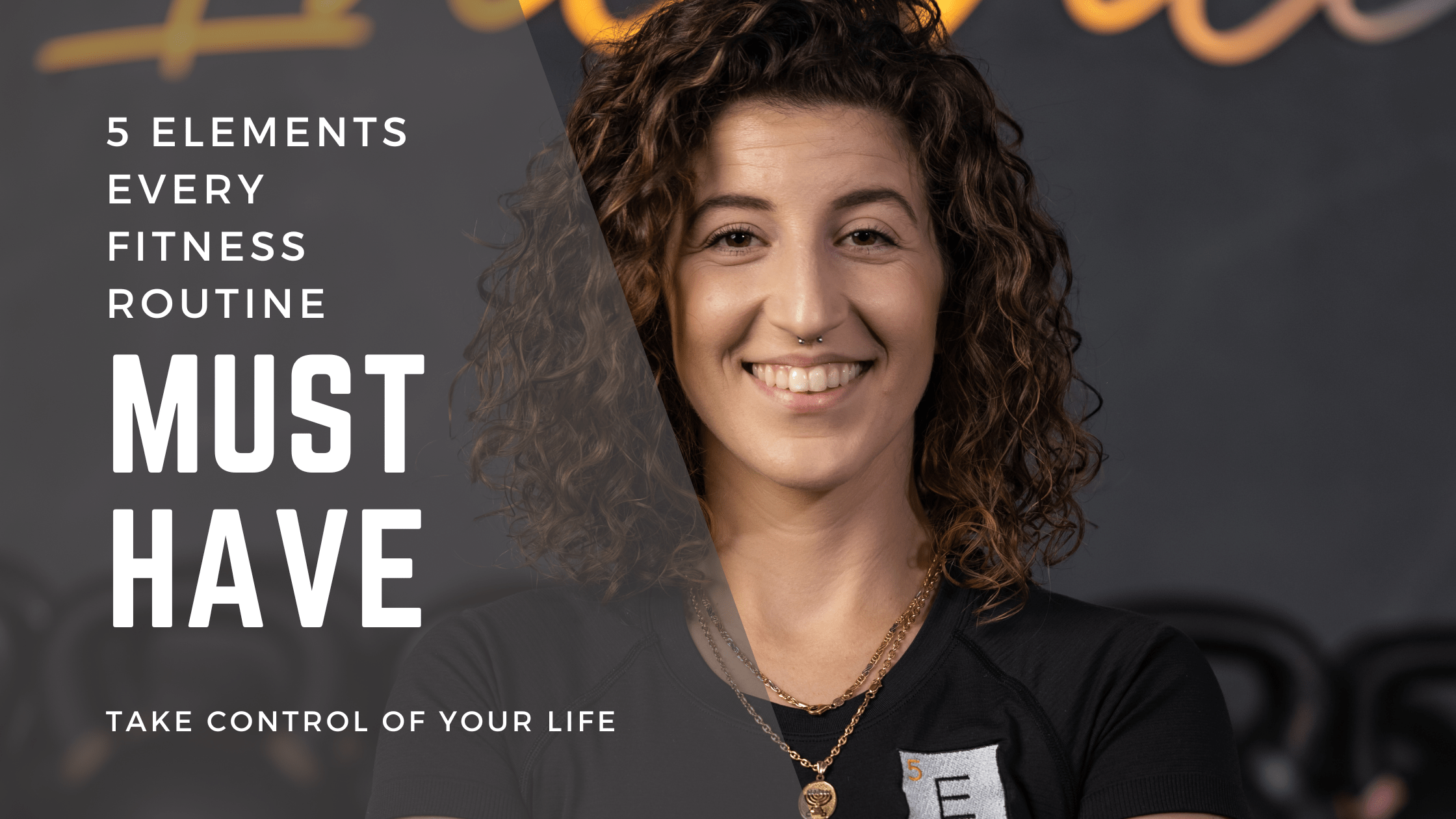
There are many ways to bring mindfulness into your life, but the goal of any mindfulness practice is to direct your focus to the present moment without judgment. All forms of mindfulness are a form of meditation. Your focus may shift within each mindfulness practice, but the end goal is the same;
to experience the present moment as it is and not as you think it should be.
Mindfulness is used in clinical settings to help patients reduce anxiety and depression, but you can practice mindfulness anytime to help create a calmer state of mind.
Here are 5 simple ways that you can practice mindfulness every day:
1. Follow your breath
Your breath is your anchor to the present moment. Each breath occurs right now and when you focus on the breath your mind must stay in this present moment, not in the future and not in the past, but in the now.
Sit quietly with your eyes closed and take 5 deep breaths while keeping your focus on the breath. If you find it is hard to only focus on your breath, you are not alone. Your mind will wander away from the breath, gently return your focus. Sometimes It helps to add a mantra, or words that help keep you focused. “I inhale….I exhale…..” is an easy phrase to help keep you focused on your breathing. You can do this practice a few times until you feel relaxed and at ease. As you continue to practice each day, you may want to increase the count to 10 breaths.
2. Stop and listen
Find a spot outside in nature and have a seat. Close your eyes and listen to each sound that may make itself known to you. Approach these sessions with curiosity and no judgment. Try not to judge the sound as “good” or “bad”, but rather just listen to what you hear. You’ll be surprised at how many different sounds you will find around you.
3. Scan your body
Jon Kabat-Zinn popularized the body scan in his Mindfulness Based Stress Reduction Program.
Sit or lay down in a quiet space at a time that you will not be disturbed. Take a few deep breaths to relax your body then scan each body part for additional tension and release in that area. You can begin with your toes and slowly work your way up to the head and fingertips. This will take roughly between three to eight minutes, depending on how slowly you move through the body. The slower you move, the more relaxed you will be at the end.
4. Allow emotions to flow without judgment
This one requires you to notice when you are experiencing an emotion, be it an emotion that feels good or does not. Anger, resentment, jealousy are as valid a life experience as joy, love and peacefulness.
Set an intention to notice your emotions throughout the day and try not to analyze them too much.
Notice when they come up, notice your reaction to each one and then let them go without judgment or attachment.
The more you do this, the more you are able to control your reaction to emotions. We become less reactive and able to process emotions in the moment, not overreacting or suppressing emotions. We begin to process emotions in a healthy way.
5. Mindful eating
Mindful eating is a fun way to enjoy your food with all of your senses. You can eat anything mindfully, but it is often suggested to start with one item such as a fruit or a raisin.
Begin by looking at the food, noticing color and other visual interests.
Feel it. Does it have a rough or smooth texture? Is it hard or soft to the touch?
Smell it. Is there a strong or faint smell? Does it smell like you imagine it would taste?
Listen to it. Is there a sound when you touch it or squeeze it?
Taste it. Take a small bite or place it in your mouth. Chew about 10 times and allow the flavor to stay on your tastebuds for longer before swallowing. Continue to eat slowly and mindfully until your meal or food item is finished.
Mindfulness brings us back to the present moment, appreciating the small details of life. Sometimes we just need to be reminded that life is happening in this moment. If we are too busy or too worried about the future we miss the precious moments that we have now.





